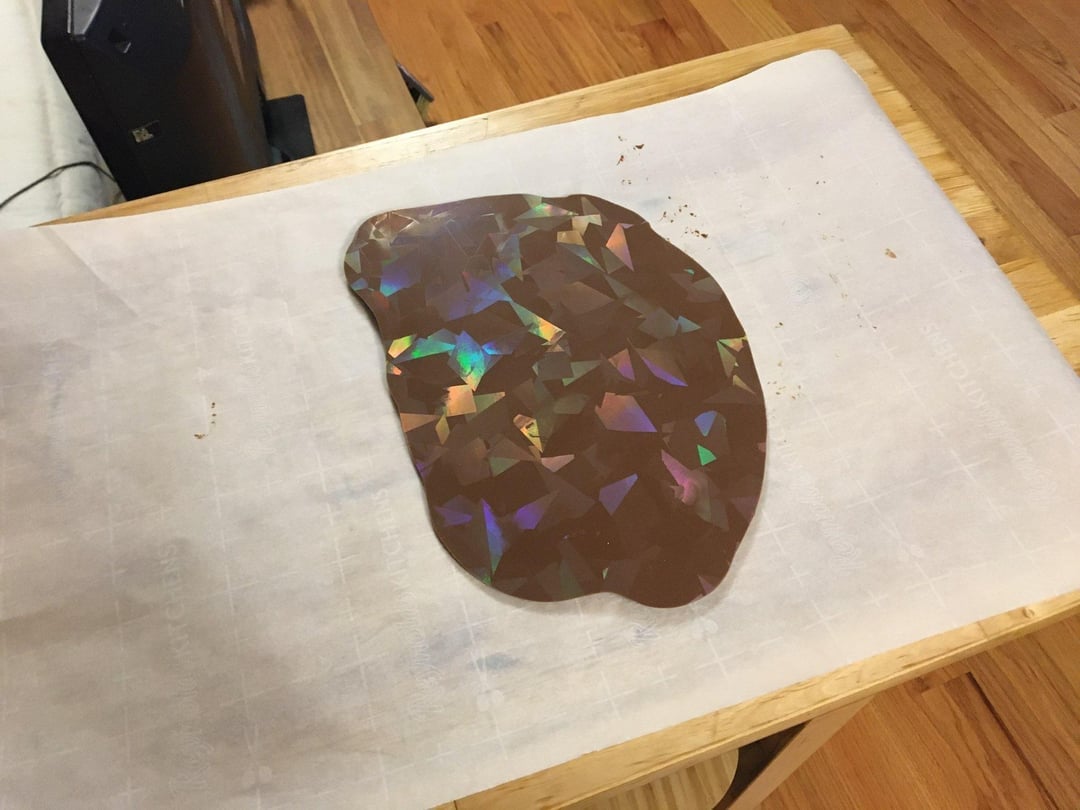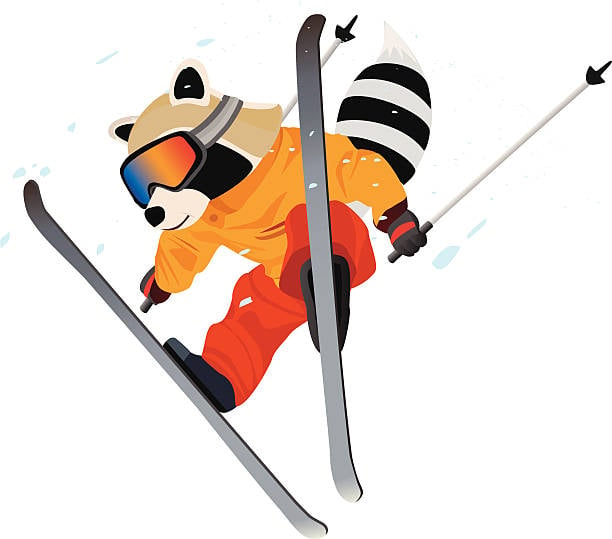I was listening to the New Year’s Day concert by the Vienna philharmonic and wondered who one of the composers was so used a popular song recognition app. (I expected it would make some fuzzy match on the piece and give me the name + composer). To my amazement it did give the name and composer but as played by the Vienna philharmonic in 2005 in the same location. The orchestra does not have the same members as 19 years ago, nor was it the same conductor, so it seemed the piece was matched on the acoustics of the Musikverein where they were playing, which I found astonishing.
not sure this counts, but wikipedia always amazes me; I wish we could fashion the world this way, out of voluntary labor that provides commercial or better quality
I’m not sure this fits the bill, but I’m blown away by the depth and breadth of available hardware. Not computer hardware (tho that’s amazing, too), but latches, levers, nuts and bolts. I can go down a McMaster-Carr rabbit hole the way most people can go down a Wikipedia rabbit hole. It’s just fascinating to me how many highly engineered, precisely machined, perfect, beautiful solutions exist to specific problems. If there’s ever an apocalypse, I’m seriously going to miss the ability to have brilliant mechanical solutions available at the click of a mouse.
McMaster-Carr is the 8th wonder of the world.
It might not be current-current, but there’s an online encyclopedia where you can literally just hit the front page, click any of the featured articles, and go down a rabbit hole for hours and hours and hours. It’s absolutely incredible.
White LEDs. Having a light bulb that can last for decades an consume very little electricity is pretty cool.
I never used to use my phone’s flashlight function because it’s so bright, I assumed it would suck the battery dry. But recently I had it on for like 15 minutes and it only used up one or two percent. Amazing.
Diffraction gratings because light is cool, and I like the pretty colors.
Not super modern but you can 3d print in a mold, or even make chocolate, and it will look “holographic.” You don’t add anything, you just manipulate the surface of the object to have tiny grooves with thickness in the nanometer range. Then light hits it and waves do their thing and we perceive a rainbow effect.

This is from a Reddit post, one of the top homemade “holographic chocolate” posts.
Wow that’s cool!
If it’s your thing, here’s a full on deep dive into how 3d image holograms work. I’d never really appreciated how insane it is to encode a moveable 3d volume onto a 2d surface nor how early the maths for it was developed! (method 1948, first 3d image 1962, nobel prize 1971)
Lossless compression Even after reading how it works, it still seems like magic to me.
The evolution and utility of drones.
Why are they called drones instead of remote-controlled whatever? What’s the difference between a drone plane and the remote-controlled planes flown by hobbyists at the park?
bittorrent
You know what’s wild about the protocol?
Some super nerdy smart autistic dude literally woke up one morning and it’s like I’m going to make this.
Programmed it, took a shit and was done for the day.
A little bit of poetic license here but not far from the truth!








